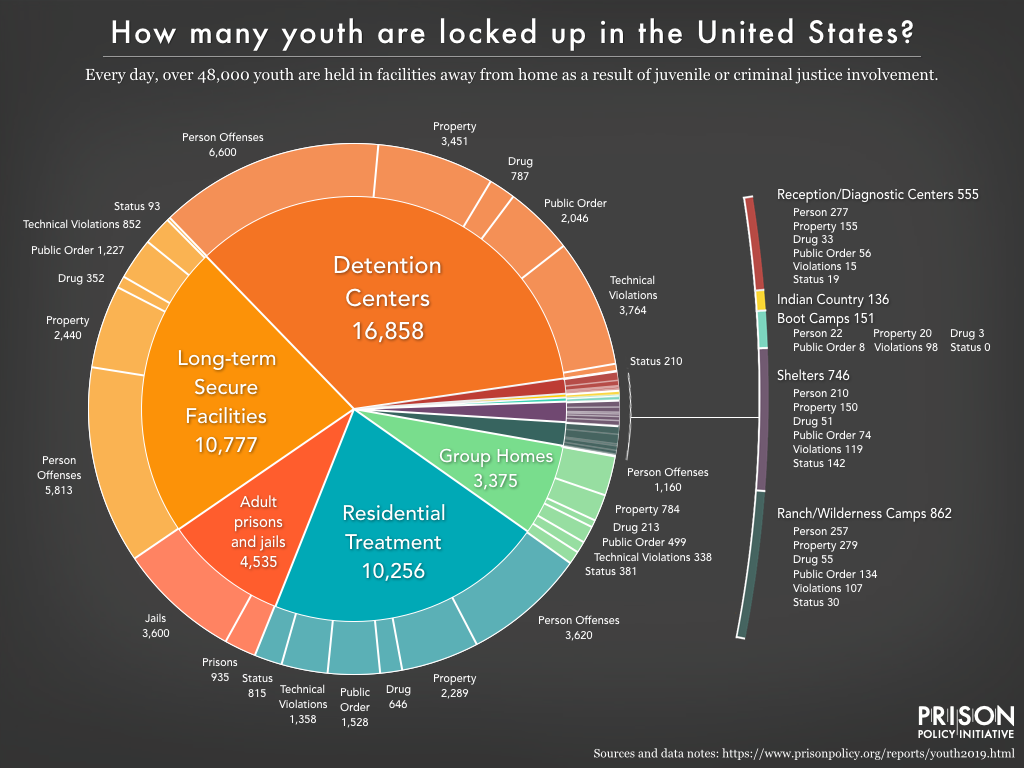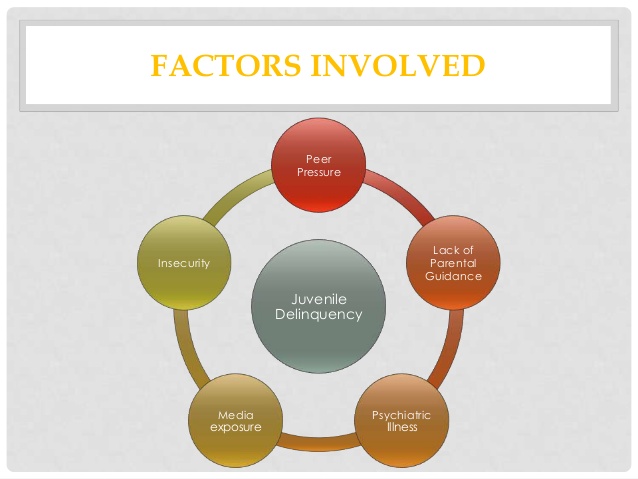Welcome back to this week’s edition of my civic issue blog. In this, I will be continuing our discussion on child incarceration rates in the US. Not only has the US country earned the reputation for incarcerating more adults than any other country, but our criminal justice system has managed to win the world’s record for developed countries at 60,000 juveniles behind bars. Worldwide, The UN Children’s Fund (UNICEF) estimates that at any given time an astronomical one million individuals under 18 are incarcerated. Many of whom, are held in decrepit, abusive, and demeaning conditions, deprived of education, access to meaningful activities, and regular contact with the outside world.

It is clear that the US’s approach to the juvenile system is not working. Prison is the exact opposite accommodation a child needs to thrive in society. Confining adolescents in a lock-down institutional style facility is the worst possible approach that can be taken to address behavioral problems. Every child should be entitled to a nurturing environment where education and safety are the most important necessities. Implementing a policy that endorses mandatory punitive punishment and imprisonment as the main source of response to juvenile offending is an absurd approach to accomplishing authentic justice.
Not only is incarcerating juvenile offenders counter-productive, but it is costly. According to the National Bureau of Economic Research, the U.S. spends up to 10 times more on imprisoning children than non-custodial sentences. American taxpayers are forking out an estimated $88,000 a year (per child) on locking-up juveniles.
In order for us to fully understand this topic, I would like to share with you the story of Marquise Lee, a 17-year-old who is facing 15 years for assault battery in an Indiana prison. Marquise was living in an abusive household where he saw his mother’s boyfriend beat her. He decided to take matters into his own hands. Now this story is an example of how social structures, like poverty and abuse, can impact a child’s decision in his upbringing. Now, this does not excuse a child’s wrongdoing, but it shows that the governments need to invest more into low-income communities, and also provide more resources for them in situations like these.

Just as there are multiple theories for the causes of criminal behavior, the theories on how to prevent it are also numerous. In recent years an emphasis has been placed on providing potential offenders more and better economic/academic opportunities. Current social and criminology theories stress that when given a viable alternative, such as a decent job or education, people are less likely to turn to crime. Education and rehabilitation, often involving the teaching of job skills, have been shown to reduce the chances that a first-time offenders will return to a life of crime once they are released from prison.
The fact that nearly 50,000 youth are confined today — often for low-level offenses or before they’ve had a hearing — signals that reforms are badly needed in the juvenile justice system. Confinement remains a punishing, and often traumatizing, experience for youth who typically already have a history of trauma and victimization. The fact that nearly 50,000 youth are confined today — often for low-level offenses or before they’ve had a hearing — signals that reforms are badly needed in the juvenile justice system. Confinement remains a punishing, and often traumatizing, experience for youth who typically already have a history of trauma and victimization.
A solution to this would be to offer rehabilitation to inmates. Providing rehabilitation for inmates offers countless benefits to the individual inmate as well as the community that the inmate will re-enter upon his or her release. It has been proven time and time again that education programs in prison help to give inmates a second chance. In fact, inmates who participated in educational programs were 43% less likely to commit a crime and return to incarceration within three years than those who did not.
Sources:
Sawyer, Wendy. “Youth Confinement: The Whole Pie 2019.” Youth Confinement: The Whole Pie 2019 | Prison Policy Initiative, https://www.prisonpolicy.org/reports/youth2019.html.
Zoukis, Christopher. “The Worst Place in the World for a Child.” Zoukis Consulting Group, 24 Oct. 2021, https://prisonerresource.com/the-worst-place-in-the-world-for-a-child/.